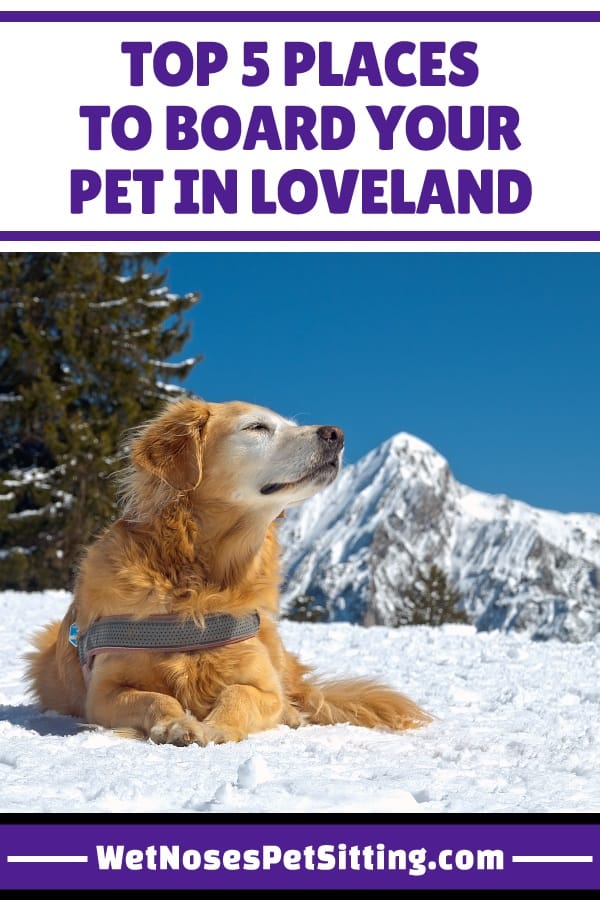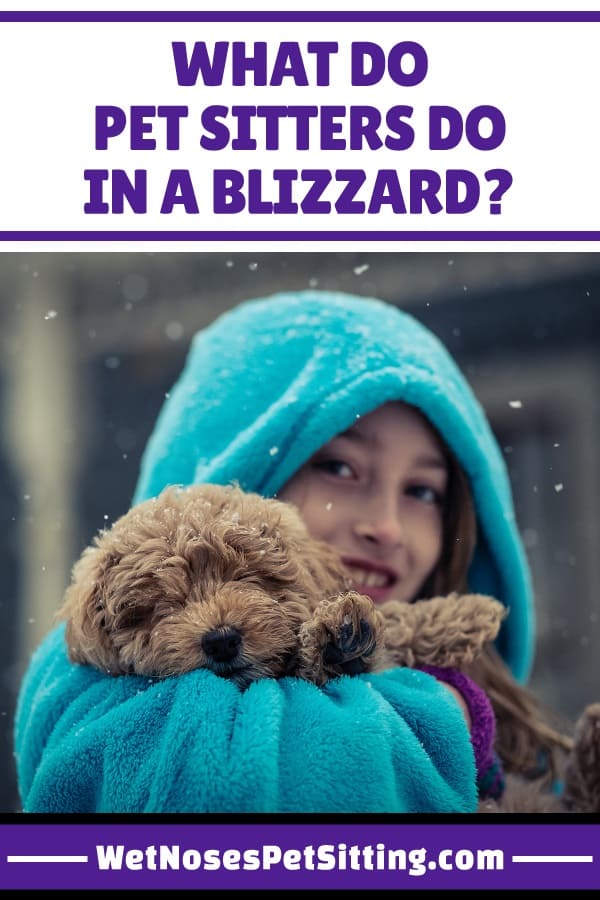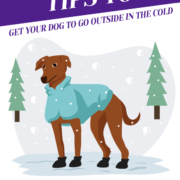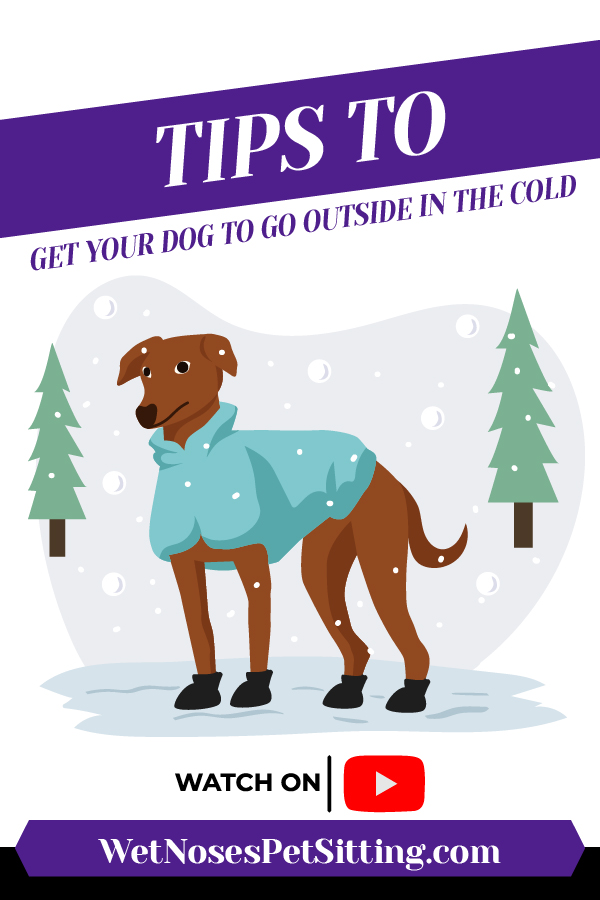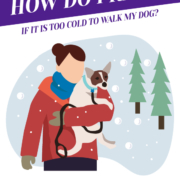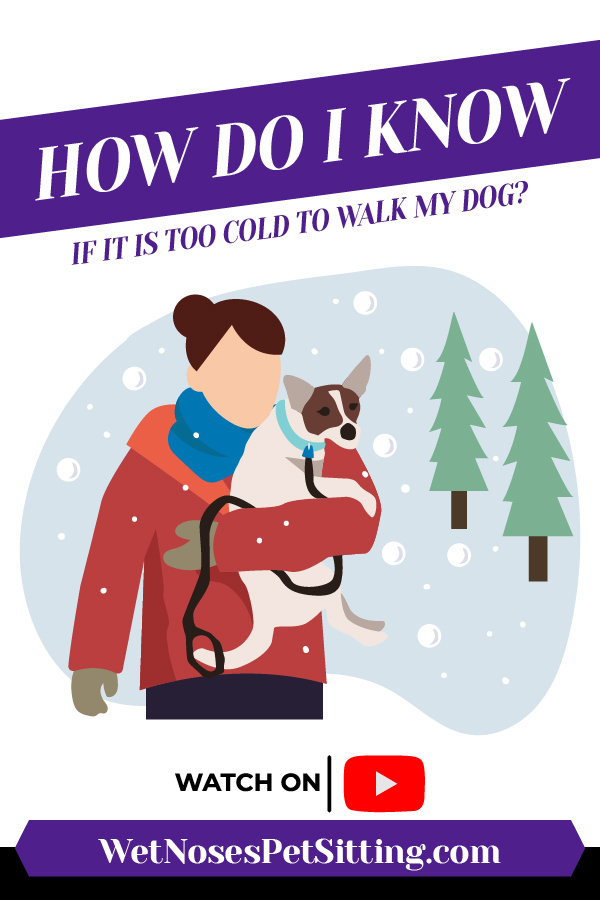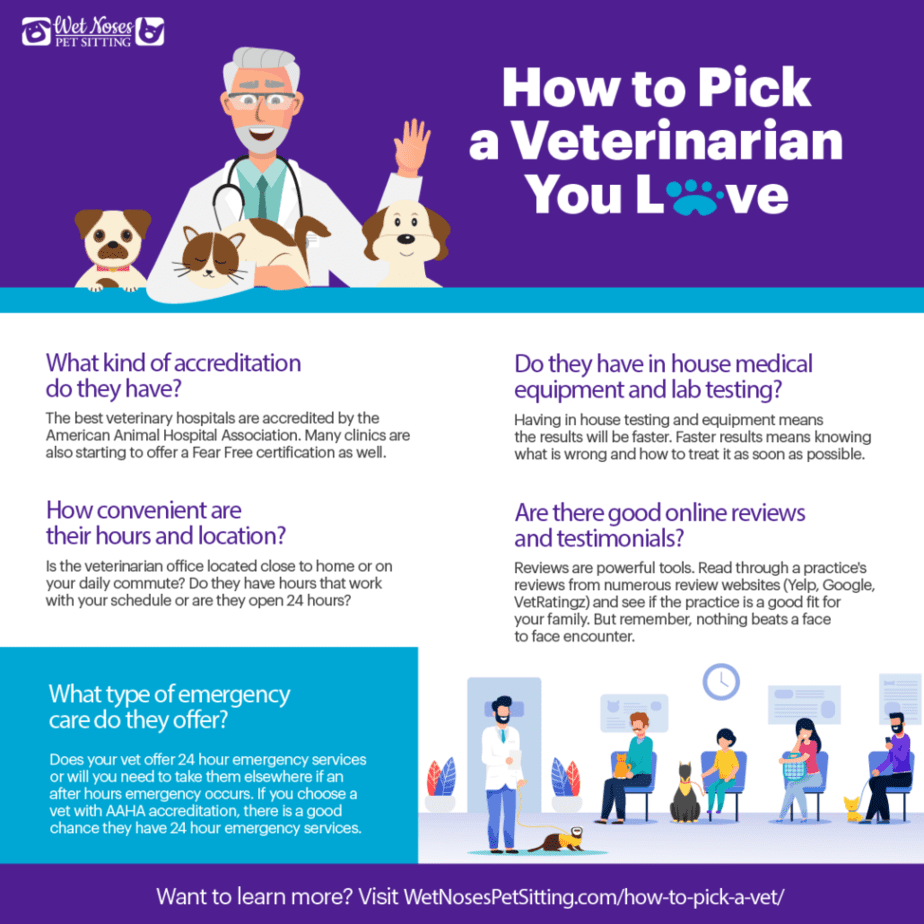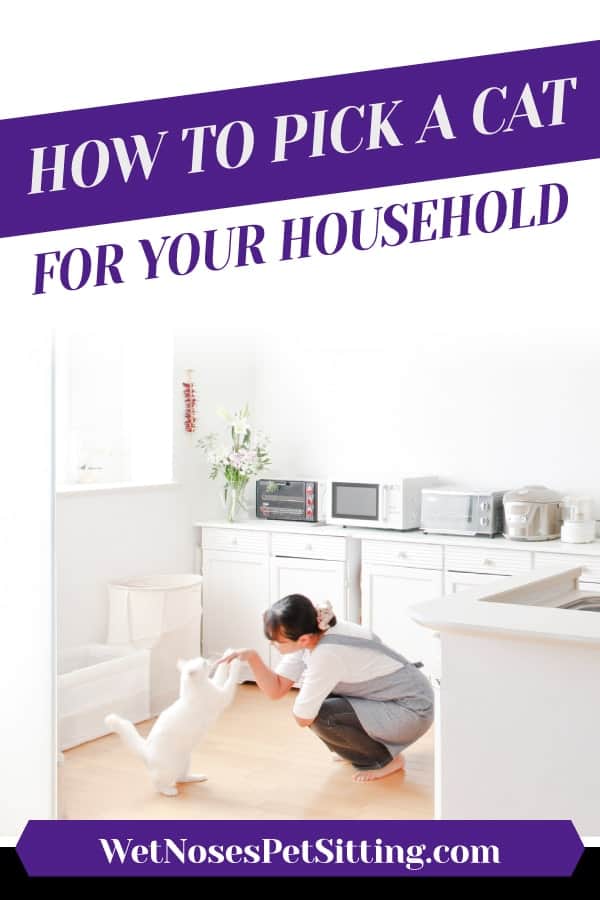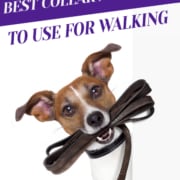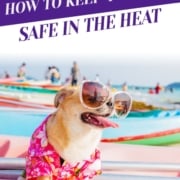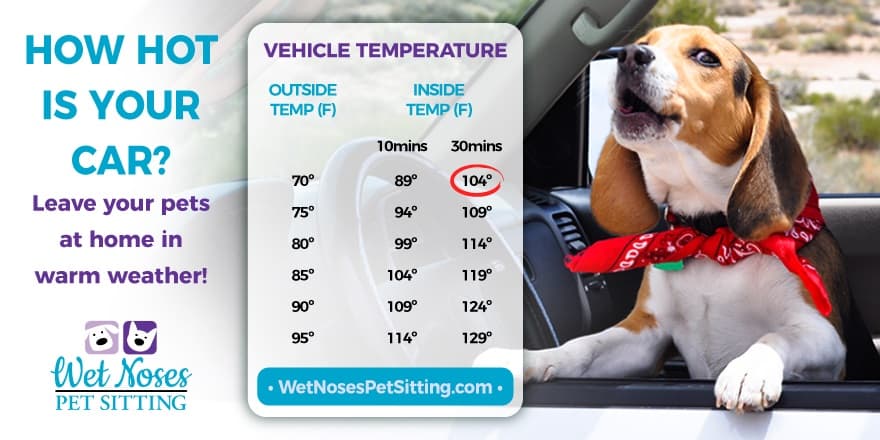Top 5 Places to Board your Pet in Loveland
It can be difficult leaving our pets in the care of strangers, but sometimes we have to board them. Long vacations and business trips happen. And boarding can be the best solution for long trips when it comes to your pets. However, it be hard on the owner and stressful for the pet. That’s why have to make sure you’re picking the best place. If you need to board your pet soon, we’re here to help! Here are the top 5 places in the Loveland area.
1.) Camp Bow Bow Loveland
1227 Des Moines Ave
Loveland, CO 80537
(970) 534-3323
2.) K9 Island
211 Barberry Pl
Loveland, CO 80537
(970) 663-0977
3.) Covalent Pet Care
3012 N. Franklin Ave
Loveland, CO 80538
(602) 743-6544
4.) Happy Trails Pet Spa & Resort
3590 Draft Horse Court
Loveland, CO 80538
(970) 663-7317
5.) Creature Comforts Pet Retreat
808 S Co Rd 23E
Loveland, CO 80537
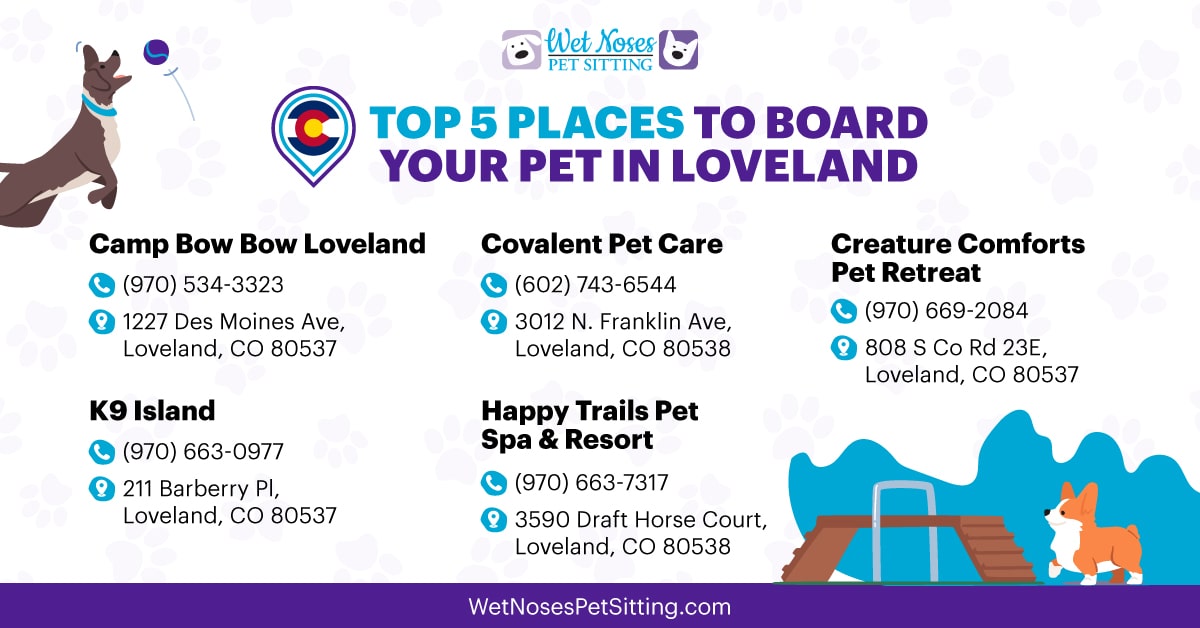
Now that you know the top 5 places to board your pet, there are still some things to think about. All of the kennels and boarding facilities we chose have high reviews with a good reputation. However there are a few more things to consider to narrow down exactly which is the right fit for you and your pet.
- Will your pet need round the clock veterinarian care (specifically for older or sick pets)?
- Can you visit the facility before you book?
- Do they follow the over crowding code? They should have at least 1 person to every 15 dogs in their care.
- What amenities or exercise programs (if any) do you want your pet to have?
- Should you consider a pet sitter for daily or overnight care in home?
Make sure to stay tuned next week when we go over the differences, as well as pros and cons between pet sitting and boarding!


